Origins and evolution of Moroccan hashish
List of contents
Origins of Moroccan hashish
Despite Moroccan hash is often considered an ancient, traditional product by many Europeans, the truth is that hashish culture in Morocco is relatively young, especially when compared to traditional producing countries of this cannabis concentrate. Indeed, while hashish production in areas like Middle East and Central Asia dates back centuries, this technique had not been used in Northern Africa until the second half of the 20th century, when Western travellers from the "Hippy Hashish Trail" brought the dry sieving technique to Morocco from Lebanon and Afghanistan.
These travellers - most of them coming from the USA - visited countries where cannabis, hashish, opium and other drugs were traditionally produced, enjoying the freedom that one could find back then in some places of the world. Lebanon, Turkey, Afghanistan, Pakistan, India - and Kashmir - or Nepal were compulsory stops in this amazing and exotic route. That's where some of this travellers were taught about ancient techniques to produce dry sift, which were then improved to achieve industrial production levels. Soon after, some of these travellers visited Morocco and taught the locals about how to make hashish from cannabis plants and how to prepare it for export.
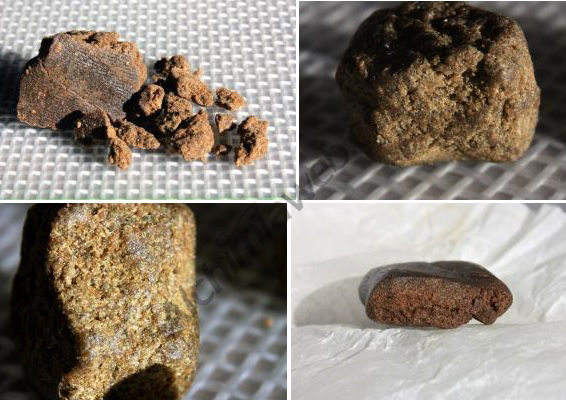
While the origins of cannabis cultivation in Morocco may date back several centuries - it was probably introduced during the Arab invasions, between VII and XV - hashish was not produced in this area until these Westerners coming from Asia and Middle East told Moroccans about sieving cannabis plants. Before that, Moroccans mostly smoked kief (also called kif, kifi, etc.) with their sebsi pipes, which was a mixture of dried and ground herbs like tobacco and cannabis. Hashish could also be found in small amounts, although it was often Lebanese or Argelian hash, the latter in very small amounts.
Since climate conditions and cannabis varieties in Morocco, Lebanon and Afghanistan are quite similar, it is not strange that Moroccans adopted their dry sieving techniques instead of other methods - like charas or hand rubbing - often used in humid areas like Nepal, Kashmir or Northern India. Most cannabis fields were then moved to the mountainous area called Rif, notheast of the country, where farmers and producers could work without much trouble from the authorities. Locals were also taught about major production and export techniques, so soon Morocco became the first source of hashish for the European market and challenged Afghanistan as the main world producer of hashish.
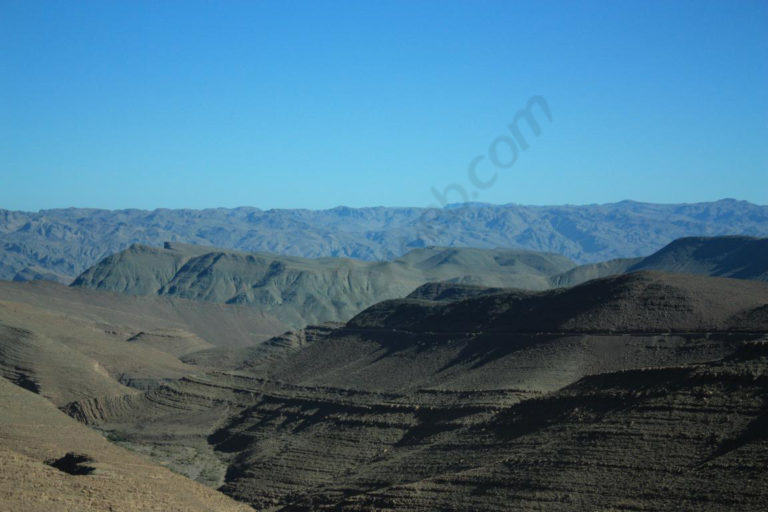
Moroccan hashish traditional technique
The phenotype traditionally grown in Morocco was of short-middle height, with few side branches and a prominent main stem. Cultivation conditions were usually harsh, with poor soils, very high temperatures and little irrigation. Most plants used for hashish production were completely seeded, and many of them actually showed hermaphrodite (monoecious) traits. Plants were often dried on the roofs of the houses in full sunlight (a very aggressive drying technique still used today by some farmers) and were not "washed" before sieving, which normally resulted in low quality resins with a significant amount of contaminants.
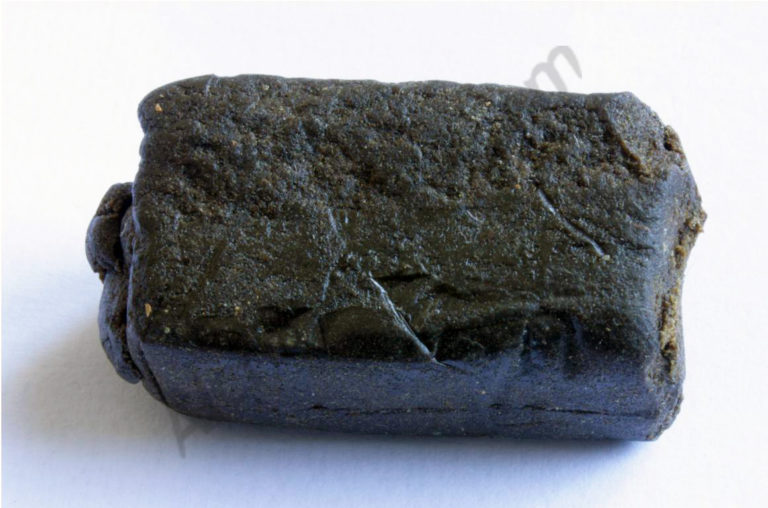
Once dried, they'd put a mesh covering a bucket or a similar container and place the plants on the mesh. Everything was then wrapped with some plastic and the plants beaten with sticks to release the resin glands, which would pass through the sieve holes and collected at the bottom of the container. They soon realized that ground material yeilds more than unbroken plants, at the expense of contaminating the resin even more.
The resulting material was then hand-pressed (in the case of the higher qualities) or put inside cellophane bags, weighed (normally 250g per bag) and pressed with some industrial press. If necessary, they'd heat up the press plates to facilitate the process - especially with lower qualities - before applying a pressure of several tons and creating their popular hashish bricks. Other times, resin was pressed into small oval-shaped pieces, often called "acorns" or "eggs". In this way, it was much easier to ingest them and go through border checks unnoticed. Pieces of Moroccan hash with diverse shapes and weighs can also be found, which have been adapted to the chosen smuggling method.
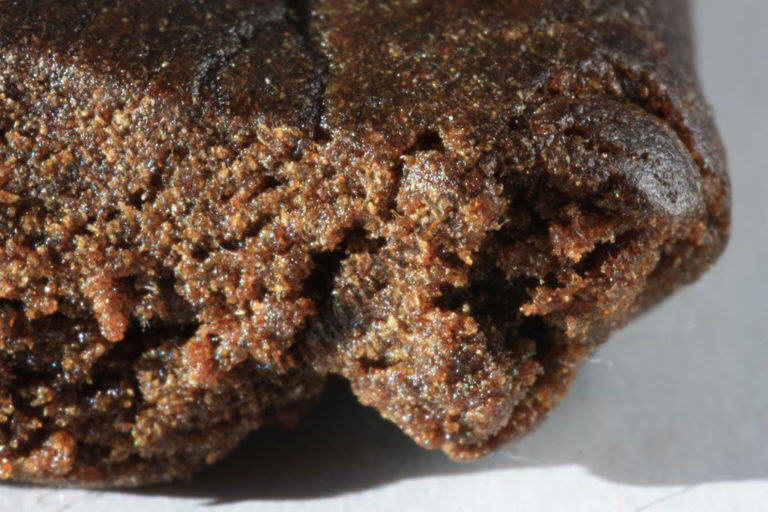
Best qualities were often set aside for the locals and producers themselves, while the Rif area exported tens of tons of commercial hashish (of medium quality at most) to Europe from both Morocco and Algeria, mainly using Spain as entry point. Traditionally, most exported Moroccan hashish was consumed in Spain and the Netherlands, although it could be found in many other countries either in or outside Europe. Still, the more one travels to the East, the less Moroccan hash he'll find, being replaced by resins coming from other producing countries like Lebanon, Afghanistan, Pakistan, Nepal or India.
Moroccan hashish today
We could say that, since the beginning of the new millenium, hashish production in Morocco has experienced two revolutions. On the one hand, and as observed by UNODC, we have total amounts of hashish produced and hectares of cannabis grown. A few years after feminised cannabis seeds appeared on the market, these could be already found in Rif crops. Growing only female plants allowed the farmers to have much better resin yields in their fields, which caused an increase in the total amount of hashish produced. The curious thing is that, at the same time, the total amount of hectares of cannabis grown in the Rif area was decreasing every year.
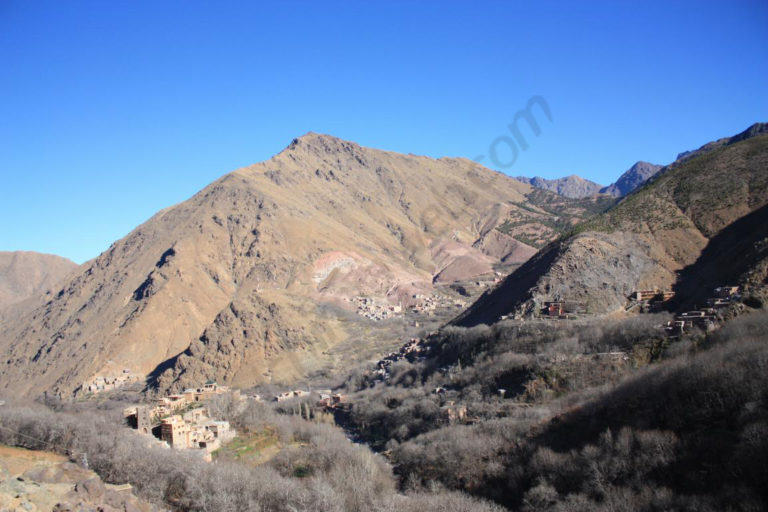
Greater benefits also allowed farmers to improve their crops with wells, irrigaton systems, nutrients for cannabis and new seeds, albeit the technique used to produce hashish was basically the same than during the past decades. New resin extraction systems didn't arrive until a few years later, concurring with the emergence of cannabis social clubs in Spain.
On the other hand, the current situation in Spain has had a great impact on both growing and resin extraction techniques in Morocco. Modern producers have to meet now the tastes of an increasingly demanding public, the members of hundreds of cannabis social clubs in Spain. Thus, classic strains like Black Domina, Amnesia Haze or Critical Mass have been grown for years in the Rif area, while new hybrids like Nicole Kush or Barbara Bud are also being grown in many fields.
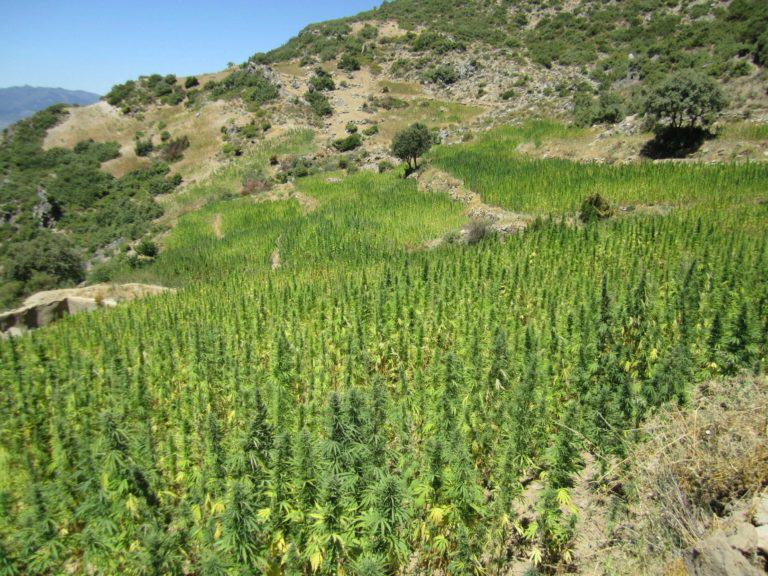
Techniques used today in Morocco are many and diverse: dry sieving (in some cases with imported, quality meshes), ice water hash, rosin hash and even BHO. Still, one of the most appreciated products in Spain is fresh sift, produced by sieving fresh plants. It is obvious that hashish production in Morocco, which remained unaltered for decades, has experienced a true revolution for the past 15 years, mainly thanks to the introduction of new strains and sieving techniques. A revolution that we're glad to witness!
Happy hashish harvests!
































































